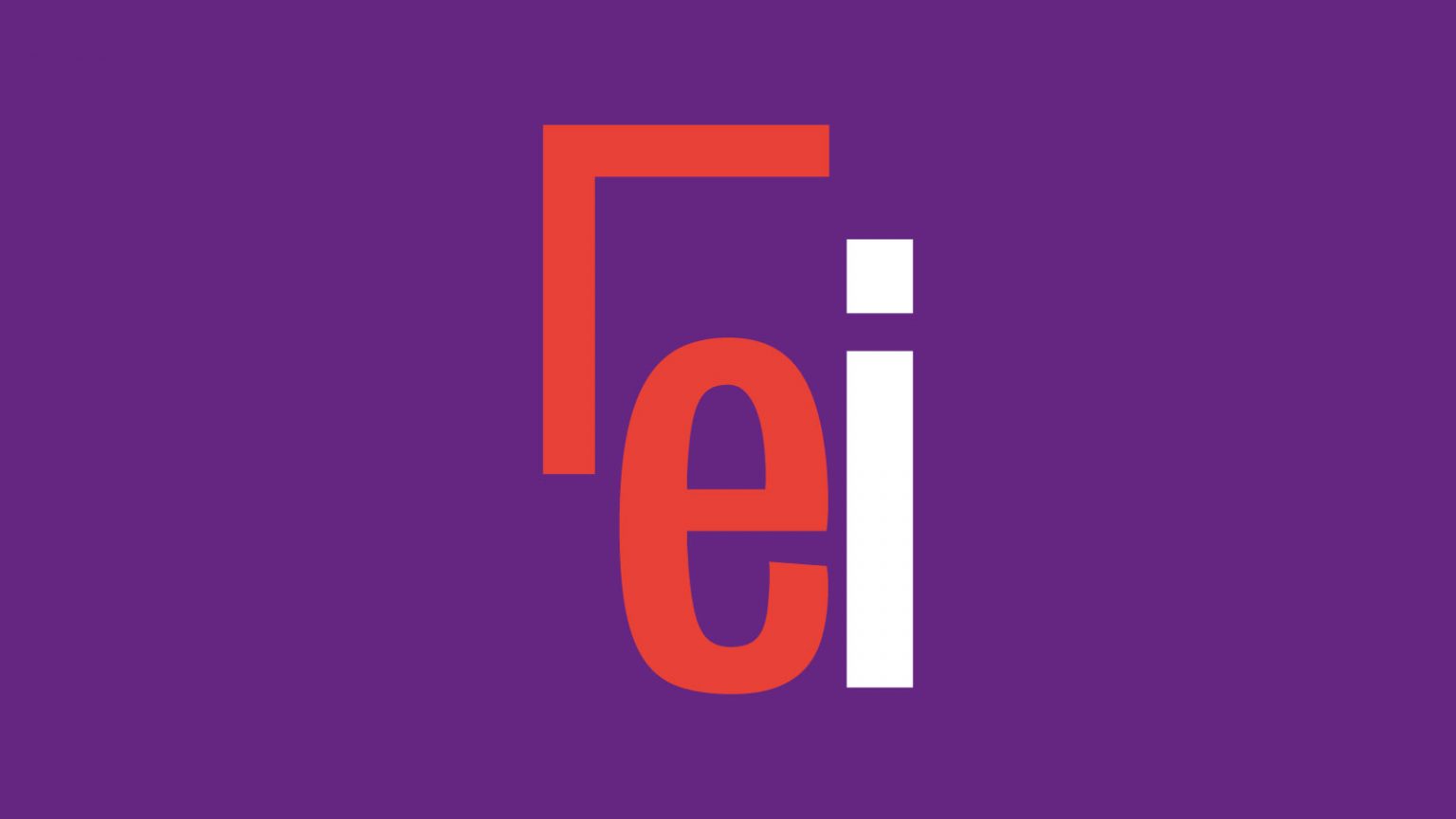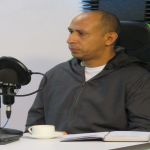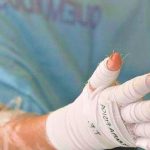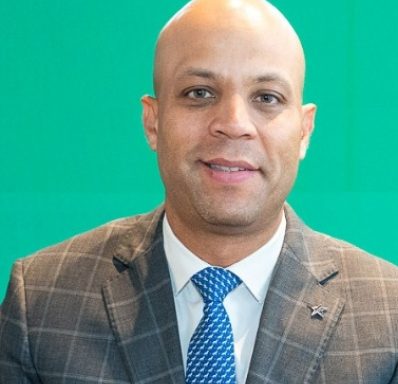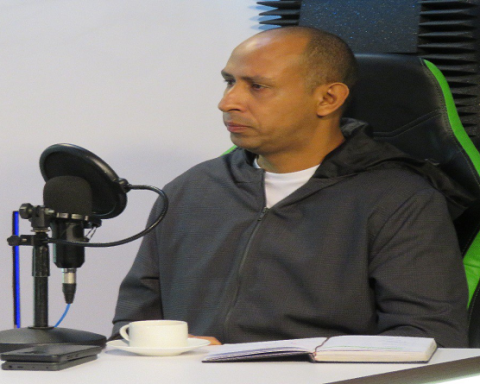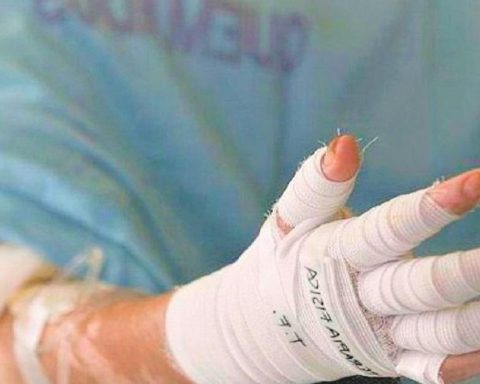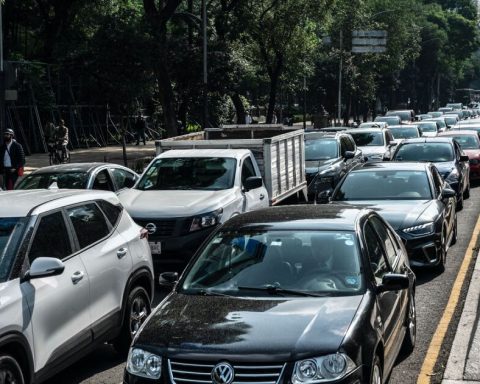The Waterway is the second busiest fluvial-maritime node in the world
Yesterday we talked about the skies of drugs and how the absence of the Paraguayan State in patrolling and detecting illegal flights leaves these air routes open and overcrowded.
Now we will talk about drug waters, one of the most intensely transited fluvial routes for heavy cargo in the world: the Paraguay-Paraná-La Plata Waterway.
The river complex is 3,440 kilometers long and along it, from Brazil to Argentina, there are no less than 110 cargo terminals, many of them in Paraguay.
The largest port node in the basin is in Gran Rosario, a city of 950,000 inhabitants that has an operating area of 70 kilometers in length on the Paraná River. It is a huge industrial complex that in 2019 moved 68,000,000 tons of cargo, mainly soybeans, derivative oils and pellets, as well as by-products such as biodiesel and edible flour. Rosario is the destination of almost 80% of our grain soybean exports. Last year, 2,300,000 trucks, 220,000 rail cars, 5,400 barge trains and 2,650 large-capacity overseas vessels entered the port of Rosario, some of them up to 270 meters in length and with a displacement of 110,000 tons.
Coincidentally, Rosario is the scene of a growing activity of drug gangs that have turned large areas of the city into battlefields. With such a port movement, there are numerous drug leaks bound for Europe: 2004, 200 kilos of cocaine in wine bottles; 2005, 700 kilos hidden in loads of fish; 2008, 608 kilos of cocaine distributed in packs of garlic destined for Portugal, etc.
In 2021, 16,000 kilos of cocaine in plaster and paint cans were shipped in Paraguay to Hamburg and transshipped in Rosario. How could they pass the port controls? Because like the air routes, the Paraguayan ports are devoid of surveillance. Two scanners acquired in 2007 and 2008 do not work and now the Customs Directorate ordered the purchase of a High Energy X-Ray Portal that costs more than US$ 5 million.
Meanwhile, the drug sneaks cleanly into containers and all kinds of cargo, as it always has.
Laziness, complicity, incompetence? Ports, rivers, airports and air routes are free zones for drug trafficking.
It’s a shame to have to say it.
